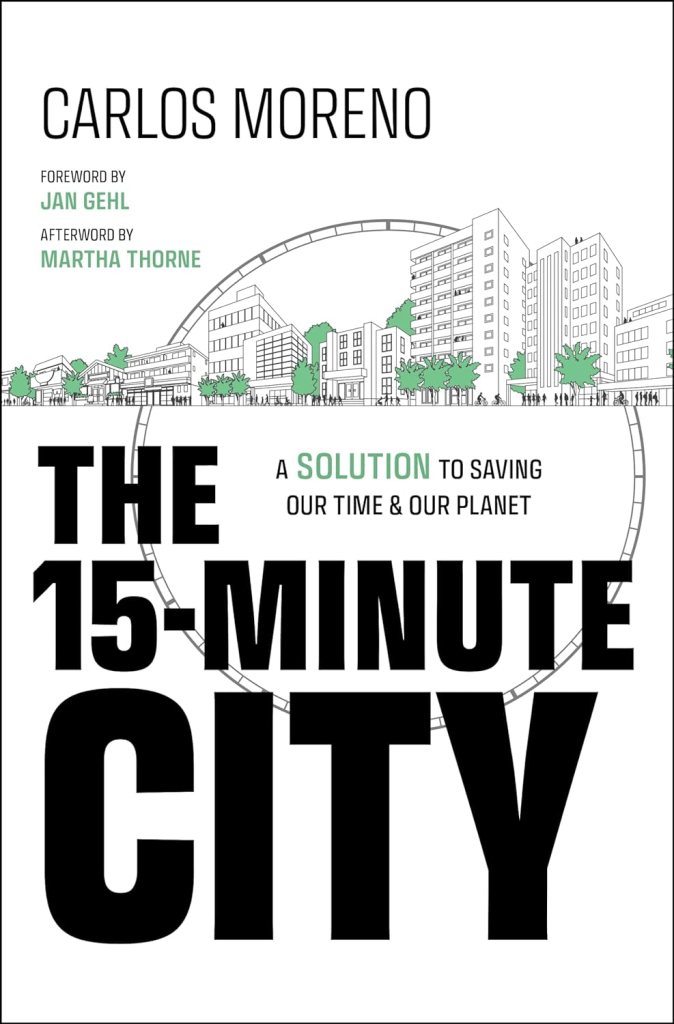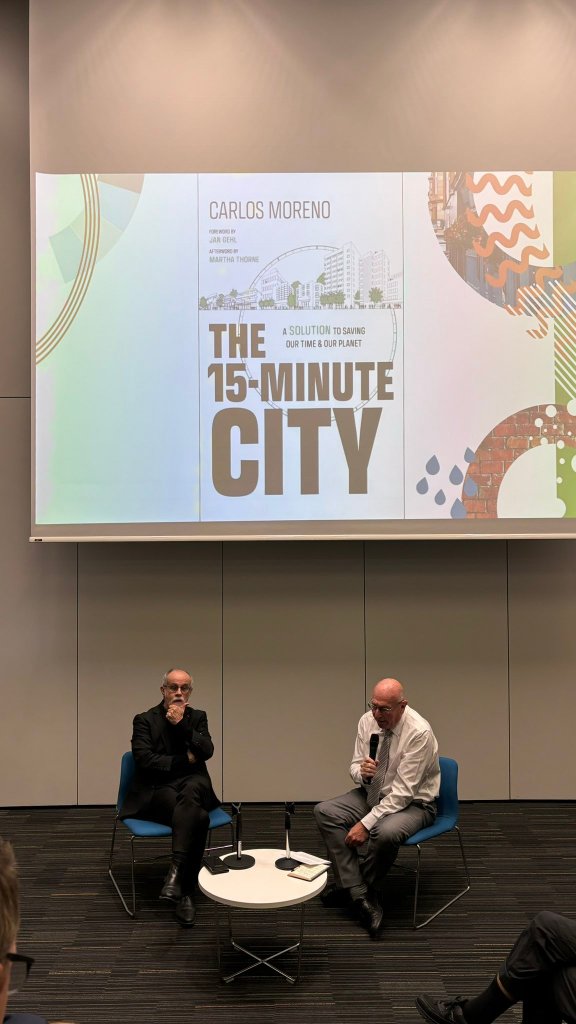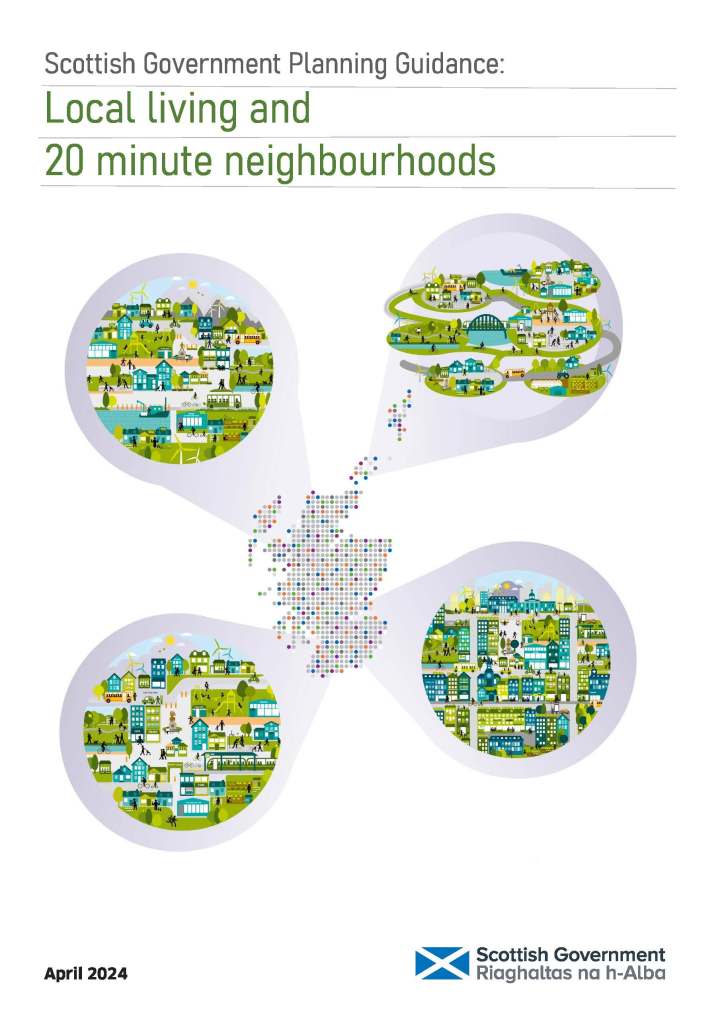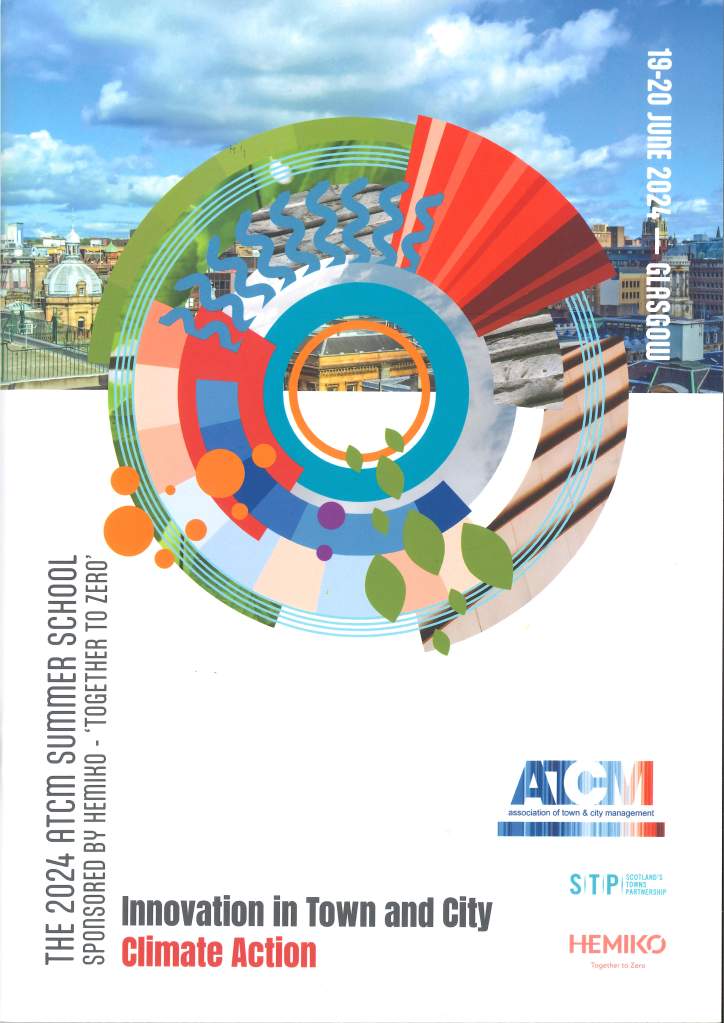Perhaps the concept that has provoked the most reaction in recent years in the urban sphere has been that of the 15 minute city. Popularised recently by Professor Carlos Moreno from Paris and notably implemented by Mayor Anne Hildago in the same city, the concept is of polycentric nodes with residents having the facilities and services they need to live, work and ‘play’ within a 15 minute walk/wheel/public transport. The 15 minute city concept has caught the imagination and many places across the world have begun trying to implement it, though it does build on older concepts of urbanism.
The 15 minute city has however not been without detractors nor controversy. Conspiracy theorists have latched onto the idea as ‘an international socialist concept’ which would ‘cost us our personal freedoms’. Carlos Moreno was accused of being an agent of an invisible totalitarian world government promoting ‘urban prison camps’, ‘climate change lockdowns’ and ‘tyrannical control’ of people’s lives and movements.
And there was me thinking it might be nice not to have to get in the car or struggle on poor public transport simply to get a coffee nearby where I live. Or not to have to travel for hours to access basic services often separately located on car dependent disaggregated sites.
So when the Association of Town and City Management (ATCM) asked me to chat publicly to Carlos Moreno at their Summer School in Glasgow last week, I leapt at the chance.
We began with a presentation by Carlos on the concept, focusing on the nature of proximity, how people want to live, the demands of climate change and the spread of the idea across the world. At its heart, whether it is 10, 15, 20, 30 minutes and over what space is irrelevant – it is the need for proximity and improved lives that is vital. He identified 8 core constructs of the concept:
- Proximity to essential services
- Organic density
- Mixed use
- Quality public spaces
- Efficient public transport
- Active low carbon mobility
- Inclusivity
- Ubiquity
Most people can i think recognise these as making up decent places.
Our conversation, and it could have gone on for so much longer, focused initially on the conspiracy theorists and how to counter their nonsense, and then the need simply to get started in whatever place you manage, the scope for technology to help build networks and open access to services and on what Scotland could learn from elsewhere.
In his book and at the Summer School, Carlos Moreno is very complimentary about Scotland and our attempts to build proximity through the Town Centre First, Place Principle, Town Centre Action Plan and National Planning Framework 4 (NPF4) and now specific guidance on Local Living and 20 minute neighbourhoods.
In the section in his book on Scotland (pages 229-235) he writes “Scotland shows an exemplary way forward for the local implementation of a successful national proximity policy”. This is nice to read, especially as Scotland’s Towns Partnership has been involved in this, but there is so much more that needs to be done, in Scotland and elsewhere.
Carlos Moreno was inspiring in putting over a simple set of ideas and ideals that nonetheless feel radical. Being simple does not mean they are easy and implementing change, especially when it challenges the status quo and vested interests, is a challenge. It is though one that can be done, as is being shown across the globe.
The first step is understanding the concept and I recommend Carlos’ book in that regard. If you understand the ideas and the concept then some decisions become obvious (yes, Stirling Council, saying you are a 15 minute city means you don’t give permission to car-dependant disaggregated development – a good example of how much further we still have to go in Scotland), contextualised of course to your setting. Then it is about getting started, piece by piece.
Moreno, C. (2024). The 15-Minute City. John Wiley & Sons. ISBN: 978-1394228140.




